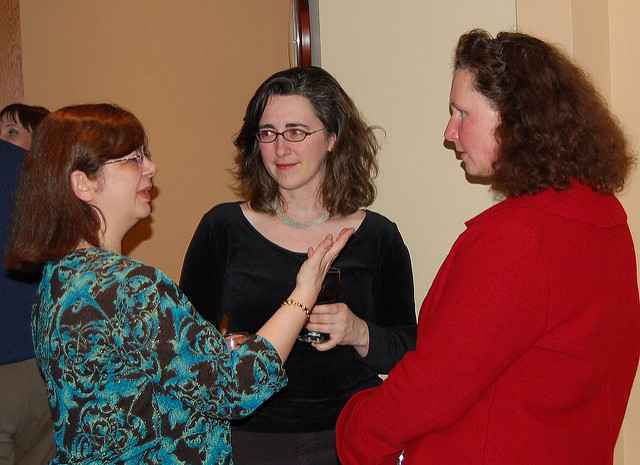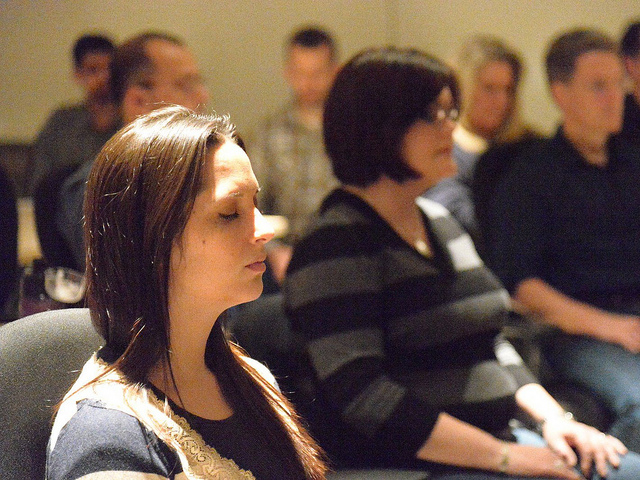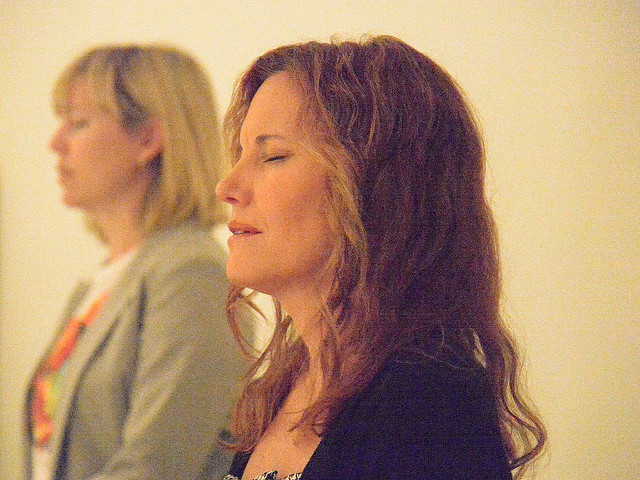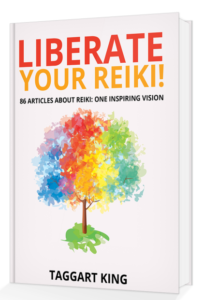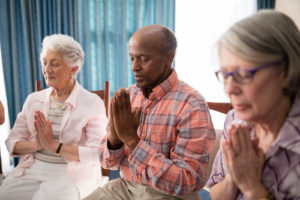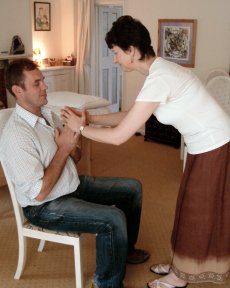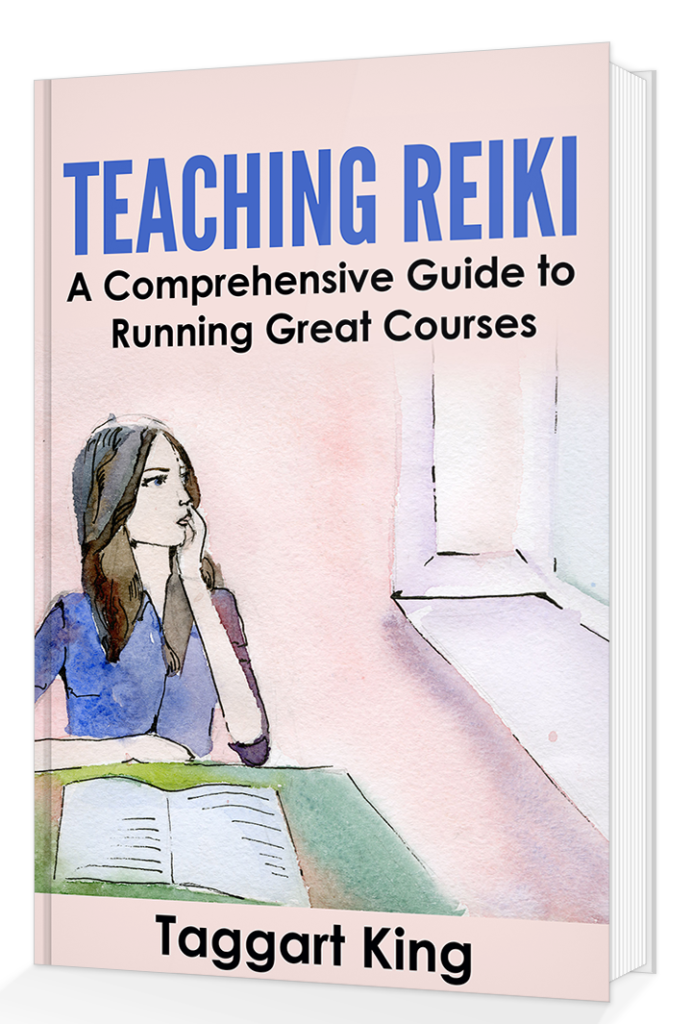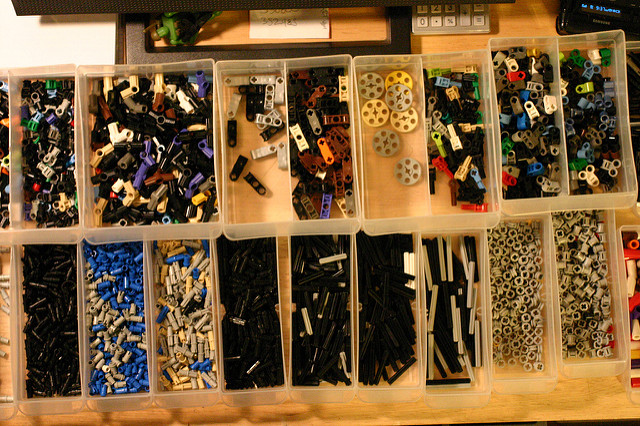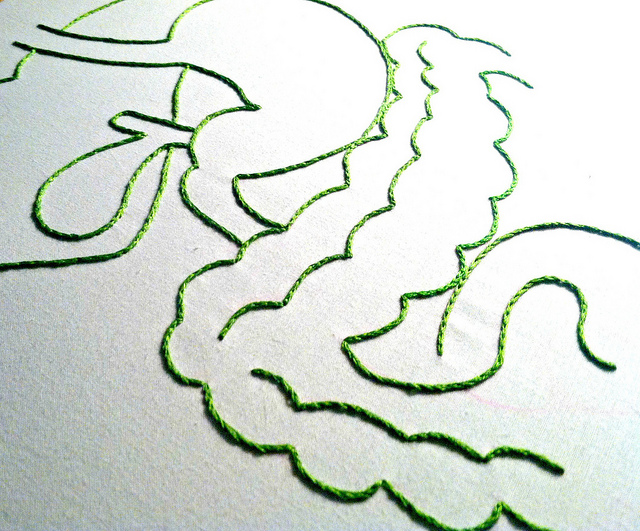
I mentioned in my earlier post “An Introduction to Traditional Chinese Medicine” that I have created a Reiki healing system based on working with the “Five Elements” of Traditional Chinese medicine (TCM). In a series of articles I have been talking about different aspects of the Five Elements and how they impinge on people’s lives: how imbalances in the five elements can show themselves as physical conditions and particular emotions and states of mind.
I have written about how the elements support and control each other through the nourishment and control cycles, I’ve spoken about the meridians and body organs that relate to each element, and in my recent articles I have been talking in a lot more detail about the emotions of the elements and the states of mind of the elements.
In todays blog, which ends our series of blogs about the Five Elements, I will be talking you for a run through a big collection of other areas where the five elements impinge on our lives…
The many Correspondences of the Five Elements
Each Element has associated with it a sense organ, a body part, an orifice, a physical manifestation, and a variety of other aspects, for example a colour, a taste, and a time of day. An imbalance in an element can show itself as a characteristic symptom in one of these areas.
In the following paragraphs I am just going to touch on a few of these.
Wood
The Eyes are represented by Wood, so an eye problem could be associated with an imbalance in the Liver and Gall Bladder: blindness, short- or long-sightedness, astigmatism or any sort of distorted vision. These organs are associated with planning, judgement and decision-making, and you could say that it takes vision and sight to be able to make proper decisions.
Headaches at the crown, temples or behind the eyes are characteristic of Wood imbalance.
Since Wood governs cycles of growth, Wood imbalances can cause irregular or painful menstruation or premature birth, in growth disorders in childhood or puberty, and in cancer.
A healthy Wood element grows out in all directions, so imbalance may show itself in symptoms that only occur in one side of the body or in diseases where there is lack of co-ordination in the muscles, or glands or organs. Wood has an important role in co-ordinating the right and left hemispheres of the brain, and an imbalance can be expressed in psychiatric and neurological disorders, in Schizophrenia, and in some forms of epilepsy.
Finally, Wood is associated with the sound of Shouting, not surprising when you think of its connection with anger and aggression, so a person who always talks in a kind of shout, aggressive and forceful, is showing a Wood imbalance.
Fire
The Ears are represented by Fire, and so the Heart, the Small Intestine, The Heart Protector and the Triple Heater are all involved in hearing. The Small Intestine would be involved in sorting sounds, and so ringing in the ears and deafness could be related to a Fire imbalance. These are more organic things, but a Fire imbalance could also be seen in someone who has difficulty in listening to others. Interestingly, the four Fire meridians are found near the ears.
The Tongue is the sense organ of Fire, so a speech impediment may be related to an imbalance in Fire, and this has already been discussed in more detail earlier. Fire also governs the maintenance and regulation of the entire circulatory system, so arteries and veins are the ’tissue’ of Fire, and so are the Heart, Pericardium (the Western anatomical structure), the capillaries and all the hormones and regulatory mechanisms that are involved in the control of circulation. Thus an imbalance could be represented by hardening of the arteries, varicose veins, cold hands and thrombosis.
In ancient times the Pericardium was seen as an organ of Water, as a ‘Yang-Kidney’, and even now is seen as occupying a special central position between Kidney and Heart, between Water and Fire, between the upper and lower poles of a person. The significance of this is that in Chinese medicine it is seen as desirable to maintain a balance between left and right, above and below. In Western civilisation we have come to value the upper pole, to value Fires associations with love, speech and intellect. These are more treasured than the depths of Water, with its sexuality, meditation and sinking into the archaic levels of the soul. A balanced Pericardium forms a bridge between Water and Fire, allowing us to experience a fulfilled sexuality that brings forth joy and laughter. If the Pericardium is balanced, and chi can flow properly, then we feel a deep connection between sexual lust and love, and we are able to freely give and receive.
Though the Heart and Pericardium are both Yin organs, they are very different in their functions: the heart is responsible for inner matters like clarity of thought, speech, responsibility and motivation, whereas the Pericardium is responsible for blood circulation, heartbeat and heart rate on the physical level. Because of this, cold hands and feet are an indication of a lack of energy in the Pericardium, as is the person who has little warmth. Such people do not find much joy in sexuality, the stingy people who have a difficult time giving, people who need a long time to thaw, and closed people who do not laugh.
Earth
Earth is represented by Flesh – the connective tissue and fat tissue – and a wasting disease may be due to an Earth imbalance. The state of the flesh reflects the Earth element. Earth also represents muscle. Since Earth is also related to the Mouth, many mouth diseases can be related to an Earth imbalance and practitioners of TCM can assess the condition of the Stomach and Spleen by looking at the lips.
Since Ideas and Opinions are associated with Earth, then someone who is displaying extreme dogmatism, or who is unable to create ideas or conclude thoughts, may have an Earth imbalance.
The colour yellow is associated with Earth, so if a person seems to have a subtle yellow hue coming from their face then this is indicative of an Earth imbalance. It is beyond the scope of this course to teach Oriental Visual Diagnosis, and it is unnecessary for our purposes.
Metal
The Nose is associated with Metal, and so a limited or non-existent sense of smell can be associated with a Metal imbalance. The Chinese imagine an elemental spirit of Metal: an animal instinct that gives us the ability to ‘smell’ danger, to sense how other people are thinking and feeling about us, and to foresee future events. It is our sense of smell that allows us to differentiate between foods, people and surroundings that are good, or bad, for us. The connection with the Lungs is obvious and, interestingly, the Large Intestine Meridian is close to the nose.
A related correspondence is that of Mucus, and Metal governs the secretion of mucus by mucous membranes, and particularly in the breathing passages. So a dry throat, coughing etc. are associated with a Metal imbalance, as are a persistent nasal drip and blocked sinuses.
The themes of breathing, and the disposal of waste, are continued in Metal’s association with the Skin. We are in contact with our environment through our skin, symbolic of the way that Metal connects us to the Universe. The skin is said to reflect the condition of the lungs, and it is not uncommon in Western medicine to see skin problems like eczema (skin problem) associated with asthma (lung problem). Psoriasis and rashes would be connected, as would acne, boils and pimples, which are all related to the accumulation of and getting rid of waste products through the skin. In a wider sense, we show our attitudes towards other people by allowing them to touch us, or by avoiding contact with them. We are ‘in touch’ with nature only as long as we enjoy the sensation of the wind, the coolness of water, the warmth of the sun and the feeling of the earth and plants.
The time of day for Metal is 0300 hrs – 0700 hrs. If we were to get up with the dawn, then this would be the time when we would start the day with some deep breaths, and defecation would take place quite naturally during these ‘Metal’ hours. Energy cultivation techniques like Tai Chi would be done in local parks when the sun is rising, in the fresh air.
Water
The elemental spirit of Water is our will power, our will to survive, our sexual drive. It represents the vitality with which we master life. This spirit – called Zhen – can unfold when the organism is flowing freely, fresh and clean inside, and when the hormonal system is functioning effectively so the metabolism is finely tuned. In these circumstances power and vitality can develop. This power shows itself in supple body movements, flexible joints, sexual potency, strong bones and healthy teeth, a silky shine to the hair, good hearing, a tremendous urge for action and activity, and a healthy ability to adjust to the demands of circumstances.
Balance within Water depends on the relative strengths of the yin and yang Kidneys. When the yang energy is weak, or when the yin Kidney is relatively strong, then the will to live, vitality, and sexual drive decrease. The results may be a general weakness, impotence, frigidity and paralysing fear. When the yang Kidney is dominant then you may find a person who is constantly in a hurry, or a person who exhibits rigid behaviour and body movements. This rigidity shows itself mainly in the lower back, the sacro-iliac joints and the back of the legs (along the course of the Bladder meridian). Symptoms of this rigidity are such things as hollow back, disk problems in the lumbar area, sciatica, lumbago and bladder infections.
Other signs of a Water imbalance are kidney stones, kidney and urinary tract infections, bone diseases, loss of hair, some types of watery diarrhoea, menstrual disorders, insomnia, and constantly cold hands and feet.
In fact a lot of sexual functions depend on balance in Water: the health of reproduction and the workings of the testicles and ovaries for example.
The Ears are connected with Water, though we have already spoken about the effect of Fire, and the Small Intestine’s sorting functions, on hearing. Water is more related to the sense organ itself and the semicircular canals. For this reason vertigo, lack of balance and dizziness can represent a Water imbalance, as well as middle ear infections.
The time of day for Water is 1500 hrs – 1900 hrs. A person with a Water imbalance might feel that this time of day is their best, when they feel more alive than usual, but more likely it might be the time of day when the person feels at their lowest ebb. There may also be an urgency to urinate during this period.
Did you like this blog?
If so, you are going to love this book…
Five Element Reiki
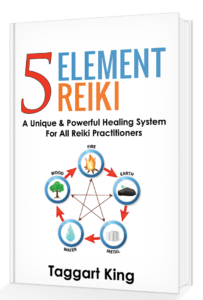
“Excellent and informative book. Great guidance and exercises to follow with ease.
As a 5 Element Acupuncturist and Reiki Master Teacher, I can only say I would have loved this to have been a course support book on my TCM Degree.
It has been a wonderful refresher and one to keep close with those few special books that need picking up all the time. Once started I found I needed to keep reading, it was like a breath of fresh air, the author has gathered and passed on some gems on 5 Elements and Reiki. It has been a pleasure to read and review this book.”
Ann Charlton
Five Element Reiki
A Unique & Powerful Healing System for All Reiki Practitioners
Five Element Reiki is a unique way of working with Reiki. It’s acupuncture without needles, or acupressure without pressing on anything, and without having to learn about or focus on the body’s meridians or their acupoints.
This system, created by Taggart King, is a way of working with the energies of the five elements of Traditional Chinese Medicine so that the meridians and organs ‘resonate’ with the energy you channel, removing blockages and bringing a state of balance on all levels.
You’ll use special symbols and creative visualisation, focus your intent and hone your intuition through a whole series of practical exercises found in this comprehensive guide. You’ll learn the essence of five element theory and understand how imbalances show themselves in your body, emotions and states of mind.
This book will be of interest to anyone who is interested in exploring and experimenting with the energy and who wants to learn a unique and powerful system for self-transformation.
This professionally-printed Reiki book has 292 A5 pages, a glossy soft cover and we will send it to anywhere in the world!
Read the contents list before you order, if you like, by clicking on this link: Table of contents
Book: 292 pages.
Price: £13.99 + p&p
Or Download a PDF version now for only £10.99

